
More Helpful Content
Sap warehouse management organization structure is currently a popular application used by many people because its features will help a lot in warehouse management. And if you are intending to use this software, an introduction to it will be a necessity. Therefore, this article will give you the most overview information about SAP warehouse management organizational structure.

The number of warehouses is specified in the Enterprise structure. It is usually created by copying the standard. This is a 25-character number and description and a 3-character code. It will be assigned to the Storage and Factory Location in the quest. It can be allotted to different Storage Positions and Factory combinations. SPRO-> Enterprise Structure-> Definition-> Logistics Enforcement -> Define, copy, delete and validate warehouse numbers
👉 Read More: Sap Extended Warehouse Management: Overview And Benefit
👉 Read More: [Detailed] Sap Warehouse Management Process Flow
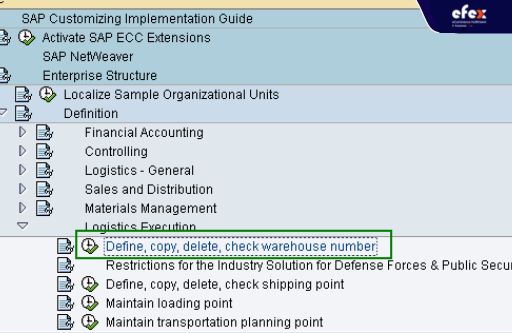
To go to the next stage, double-click on the highlighted text below.

Then, as shown below, click the Copy icon and enter the information you want to enter. In general, the inventory number is presented as the standard stock number 001 or on request. Furthermore, the warehouse number area will be filled with the stock number to be produced.
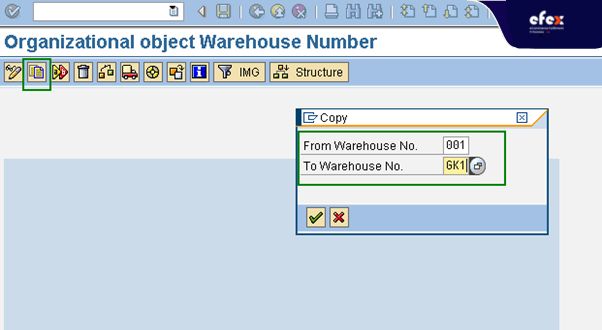
Find the warehouse number shown below

Warehouse number assignment to Plant/Storage site combination: Logistics Execution->SPRO->Enterprise Structure->Assignment Assign a warehouse number to each plant/storage facility. It should be noted that a single warehouse number can be issued to a mix of various facilities and storage sites. However, multiple warehouse numbers cannot be assigned to the same Plant.
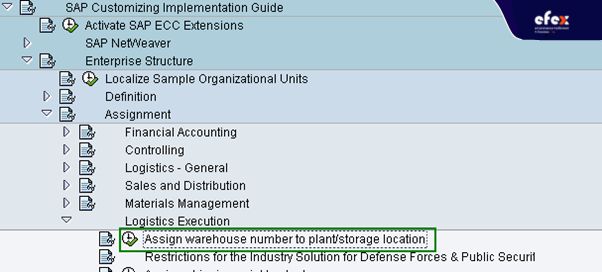
Assign a Plant, Storage Location, and Warehouse number to new entries by clicking on them.
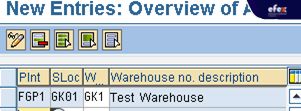
In stock, several areas can be specified. The storage type is the storage specified in SAP. The warehouse diagram is divided into Storage Types, and these designated spaces are closely connected to the items that will be kept in the warehouse. Fast-moving materials, bulk pallet storage, rack-mounted storage, slow-moving materials, and exceptional storage are examples.
The path specified below is used to specify the Storage Type. SPRO-> Logistics Execution-> Warehouse Management-> Main Data-> Define the storage type Since the repository number is the data entered by copying from the standard repository number, all standard repository types will be copied and accessible for the new repository number, as shown below.
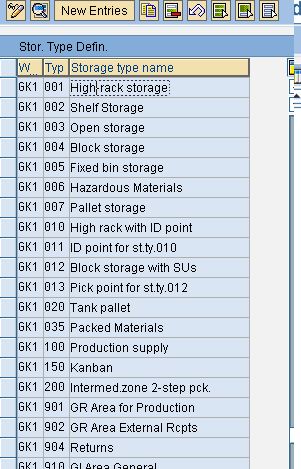
According to the needs, new storage types can be generated. See the screen below for the new storage type.
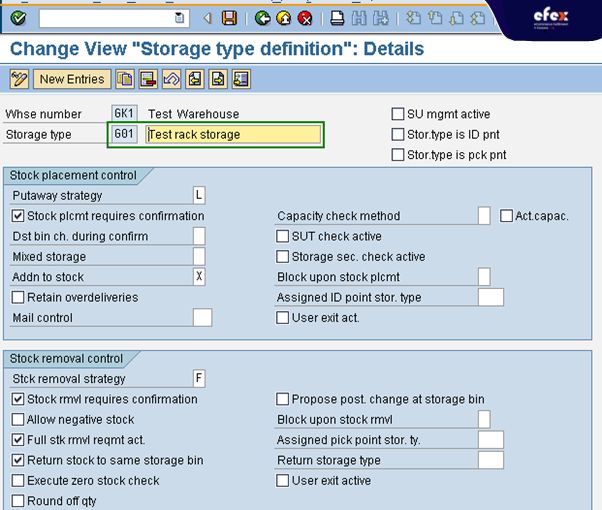
An archive type is divided into several sections called an Archives section. Warehouse area for storage containers where materials are stored. Because there is no obligation to split the Storage Type into additional separate sections, many storage types have only one storage section. A storage-type must have at least part of it. Pallet products, bulk goods, quick-moving things, slow-moving items, and so on. The route shown below is being used to define the Storage part. SPRO-> Logistics Execution-> Warehouse Management-> Master Data-> Storage Section
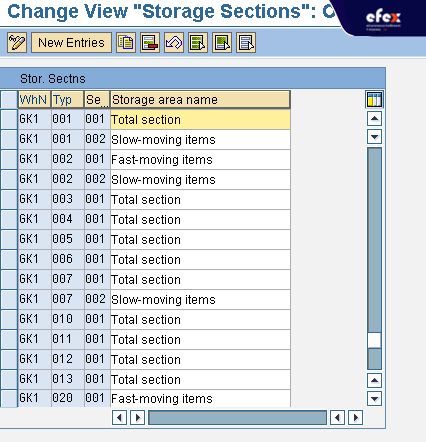
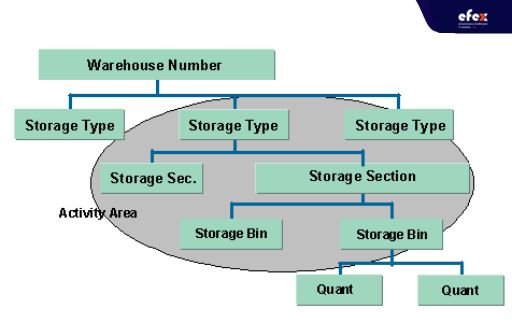
In warehouse management, the warehouse structure is hierarchical and includes the following elements:
You define the warehouse structure in the EWM under Customizations to map your physical warehouse structure in the system. When you want to configure the structure of the warehouse in the system. You can use the following procedure. Select Scalable Warehouse Management Dashboard in the EWM Deployment Guide (IMG).
A warehouse system has many organizational units at many different levels.
👉 Read More: All Cost To Rent A Warehouse In 2023
We hope that this document will be helpful to understand the SAP Warehouse Management Organization Structure. Do not follow us to get many useful articles in the next posts!


